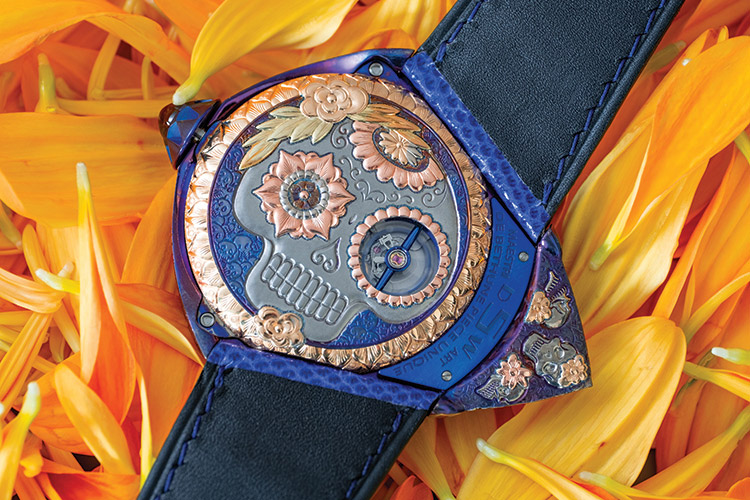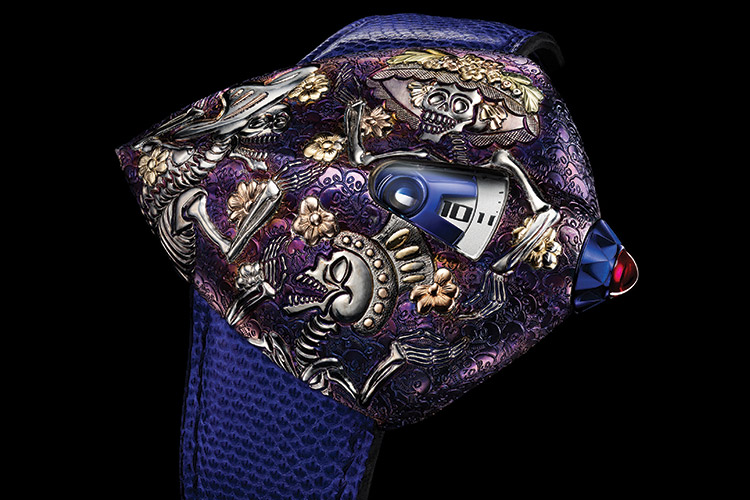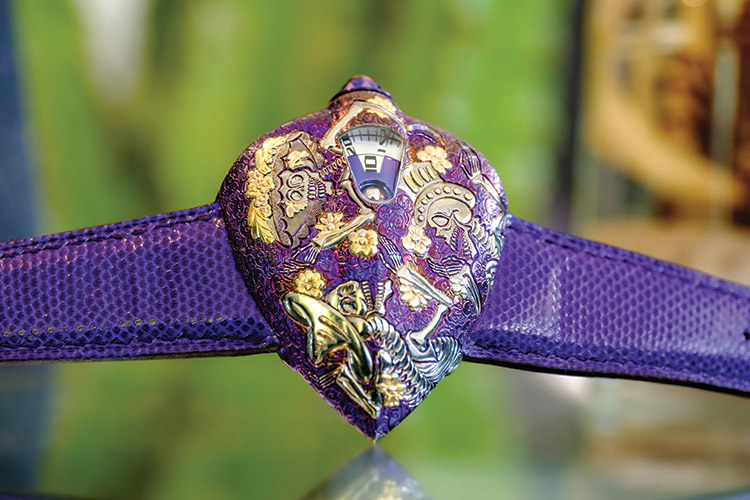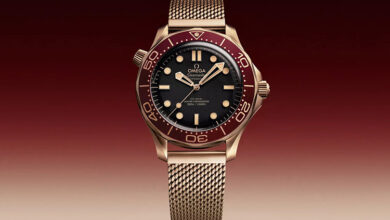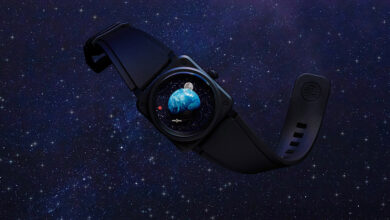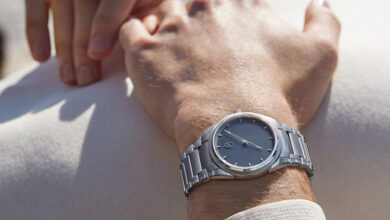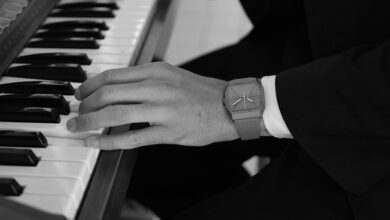A stunning Cempasúchil from De Bethune
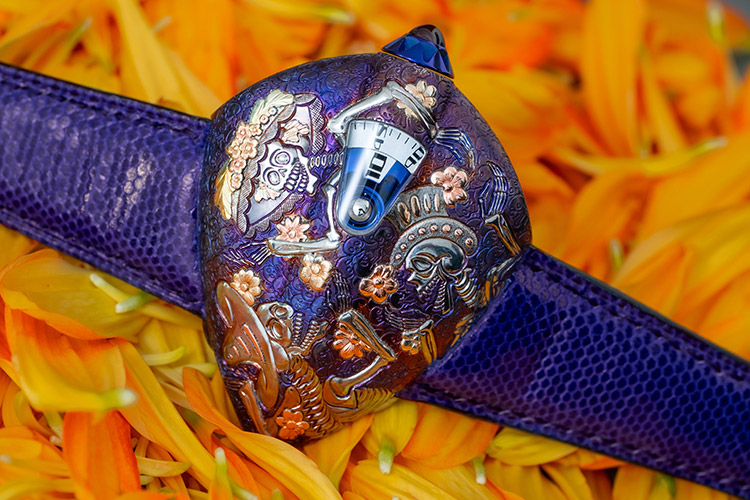
A one-off creation for its Maestri’art Collection, De Bethune’s DW5 Cempasúchil is the outcome of a three-way dialogue that spans time and space
The inspiration is José Guadalupe Posada, the legendary Mexican engraver and chisel virtuoso who made the dead dance at the end of the 19th century. His work is interpreted with the contemporary talent of Swiss Art engraver Michèle Rothen, working in close concert with Denis Flageollet, master watchmaker and founder of De Bethune.
There have been and are many watches on the subject of skulls and the Day of the Dead, but none inspired by the engraving of Mexican artist José Guadalupe Posada. With the DW5 Cempasúchil, Flageollet establishes a dialogue between Rothen and Posada.
Blessed with movement, Posada’s droll and picaresque ossuary abolishes the frontier between life and death. The chisel virtuoso turns the macabre upside down, merging it with the singular way Mexicans celebrate their dead with happiness and joy. At the heart of his creations, the queens of the festival, the calaveras, are everywhere.
Under the pencil stroke of Flageollet and Rothen, the case of the DW5 Cempasúchil provides a unique spectacle. Where Posada etched his calaveras on flat zinc plates, Flageollet and Rothen miniaturise them to the extreme, only to give them more relief and volume. On the outside of the timepiece, the watchmaker gives us the phantasmagorical world inspired by the discovery of an old engraving that depicted a joyful rendering by Posada.
On the inside is the real world of watchmaking precision and engineering – white gold, yellow gold, rose gold, green gold (an 18K gold combined with a smidgeon of silver), and a new ‘marbled’ gold (a blend of white gold, rose gold and yellow gold). Flageollet’s unrivalled knowhow is given free rein at De Bethune’s foundry in Sainte Croix, enabling him to create new shades of the precious metal to underline the piece’s floral elements.
A small two-coloured sphere indicates the moon phases. Composed of two hemispheres, joined and polished, one of blued steel and the other of palladium, the sphere guides the eye to the minimalist digital hours and minutes display, visible through a hand-cut crystal cabochon whose making requires rare mastery.
The back of the watch – a true work of art – is also made of titanium and 18K gold. Adorned with an immense skull, ‘another true calavera’ decorated with multiple flowers, it features two large eye sockets, through one of which the movement’s balance-spring can be admired.
